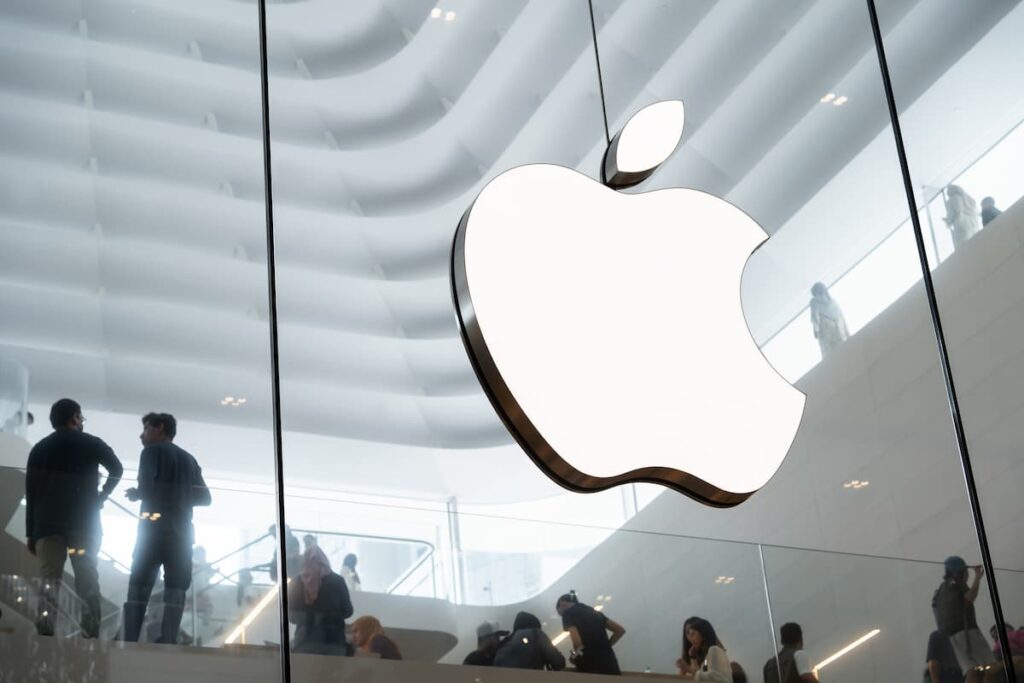Tariffs, AI Features, and Subtle Tweaks Could Mask Cost Increases
Apple could be preparing to raise the effective price of its next iPhone lineup this fall—without officially changing the sticker price. While the company hasn’t confirmed any such move, analysts and recent reports suggest Apple is weighing strategies to offset mounting tariff costs and shifting production realities, potentially without triggering public backlash or political scrutiny.
The upcoming iPhone 17 series may include pricing changes driven by new features, premium models, or adjustments to storage options, rather than a direct increase in base price. According to a Wall Street Journal report, Apple is considering how to incorporate the financial impact of President Donald Trump’s tariffs without explicitly blaming them—a sensitive move that other tech companies have mishandled in the past.
Tariffs and Politics Pressure Pricing Strategy
The United States and China reached a temporary agreement this week to reduce certain tariffs over a 90-day window, offering short-term relief for U.S. tech companies. Still, most iPhones are made in China, and Apple CEO Tim Cook previously stated that tariffs would cost the company $900 million in Q2 2025 alone. Despite plans to ramp up iPhone production in India, Apple’s supply chain remains heavily China-dependent.
Daniel Morgan, senior portfolio manager at Synovus, estimated Apple would need to raise prices by around 30% to fully offset the tariffs. That would bring the base price of the iPhone 17 above $1,000—up from $799 for the iPhone 16. But that kind of jump could provoke political and public backlash.
“It is somewhat political,” Morgan said. “If they do an across-the-board increase, then the headline becomes ‘tariffs passed onto consumers,’ and that pisses people off.”
Tim Cook has sought to maintain a positive relationship with President Trump during his second term, attending his inauguration and announcing a $500 billion domestic investment plan that Trump quickly claimed as a political victory.
Subtle Increases Through Hardware and AI Upgrades
Rather than overtly raising prices, analysts believe Apple will look for more discreet ways to boost revenue per device. That could include highlighting AI-powered features, design changes, or premium models—such as the rumored iPhone 17 Air, a thinner, high-end model comparable to Samsung’s Galaxy S25 Edge.
“Consumers would likely feel better about paying more for a thinner phone, or design and format changes, rather than feeling like a sucker trapped in the middle of a trade war,” said Mike Bailey, director of research at FBB Capital Partners.
Apple is also reportedly planning to make smaller adjustments that raise the effective cost without altering the retail price. For example, the company could reduce free storage offerings or raise the cost to upgrade storage tiers—moves that increase margins while avoiding direct price hikes.
“There’s several ways Apple can increase prices,” said Gil Luria, head of technology research at D.A. Davidson. “It’s not that consumers won’t notice it at all, but it doesn’t change the list price.”
Balancing Innovation, Perception, and Profit
Apple already introduced new AI features under the branding “Apple Intelligence” following the iPhone 16 release, though the rollout of its revamped Siri assistant has faced delays. The company may lean more heavily into marketing its AI tools as part of the value proposition for the iPhone 17 lineup—regardless of whether they were originally planned or upgraded due to tariff pressures.
Still, Luria warned that raising prices, however subtly, carries a risk: slowing upgrade cycles. Apple has seen consumers hold onto their phones longer, and although iPhone revenue rose 1.9% year-over-year in Q1 2025, unit sales have not seen significant growth.
“That’s always the tradeoff when you raise prices,” he said. “You have to make sure it’s not at the expense of volume.”
As Apple prepares to launch what could be its most design-forward and AI-integrated device yet, the company must also manage a complex political and economic backdrop. By tying price increases to innovation rather than tariffs, Apple may successfully protect its margins—without provoking customer or presidential ire.


